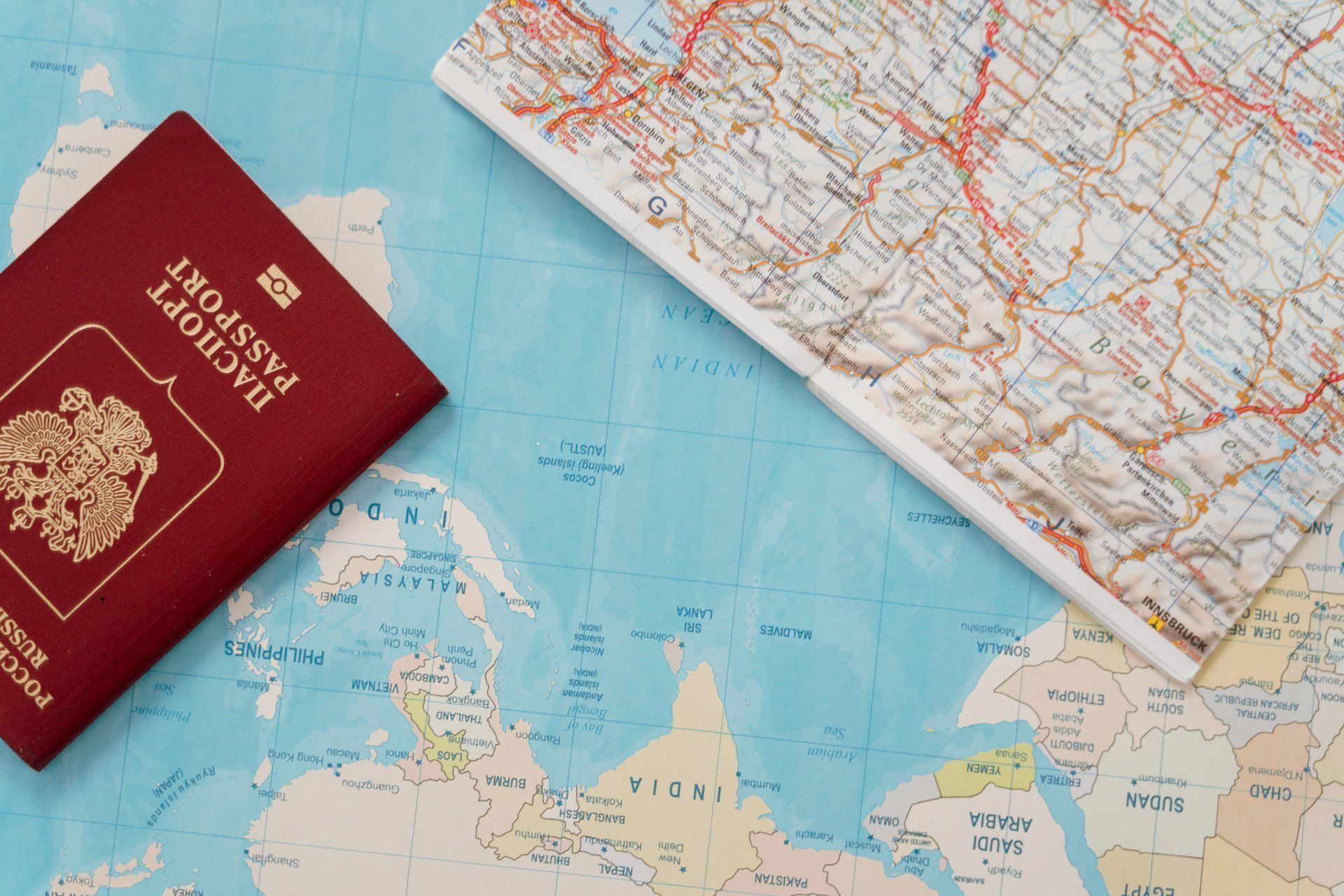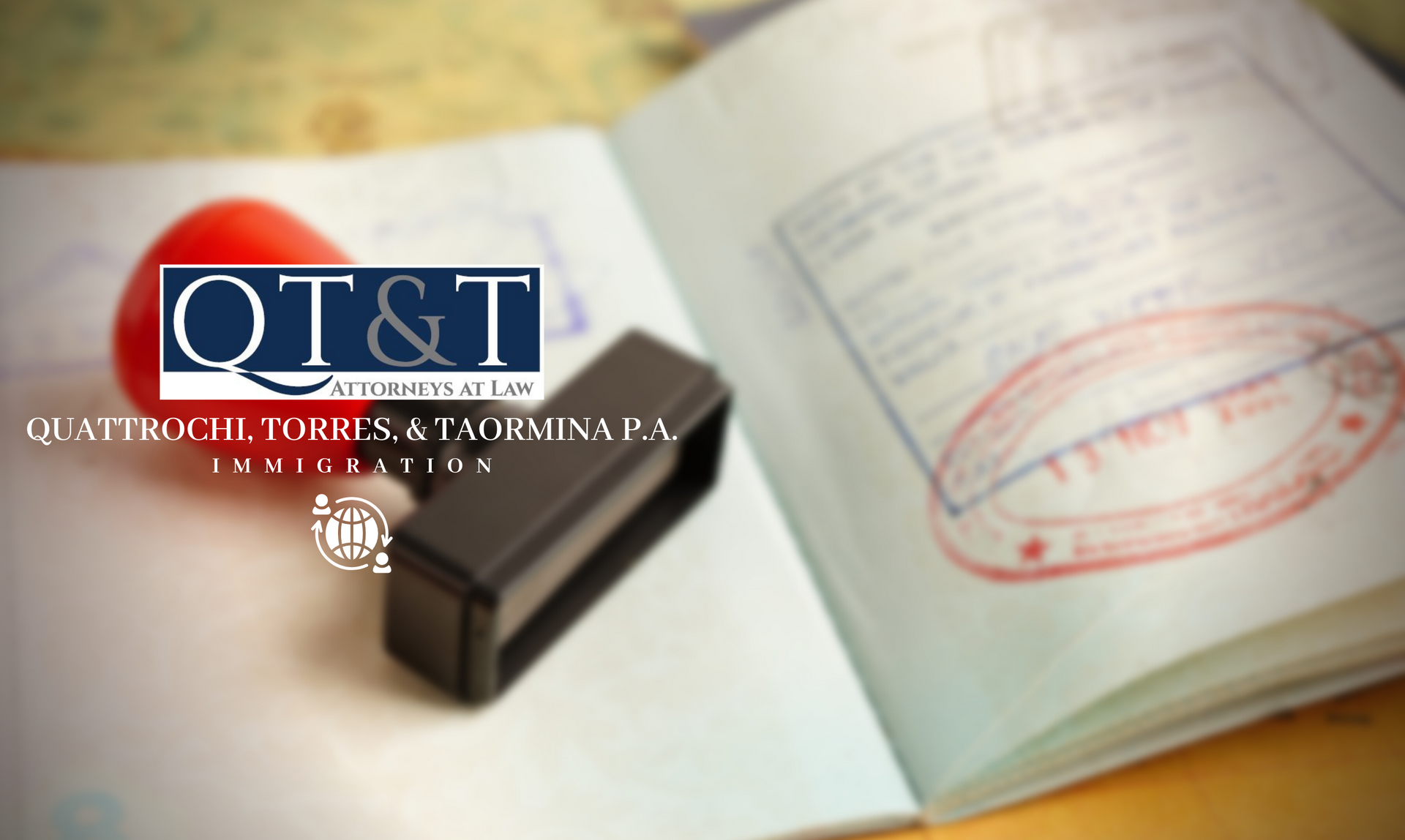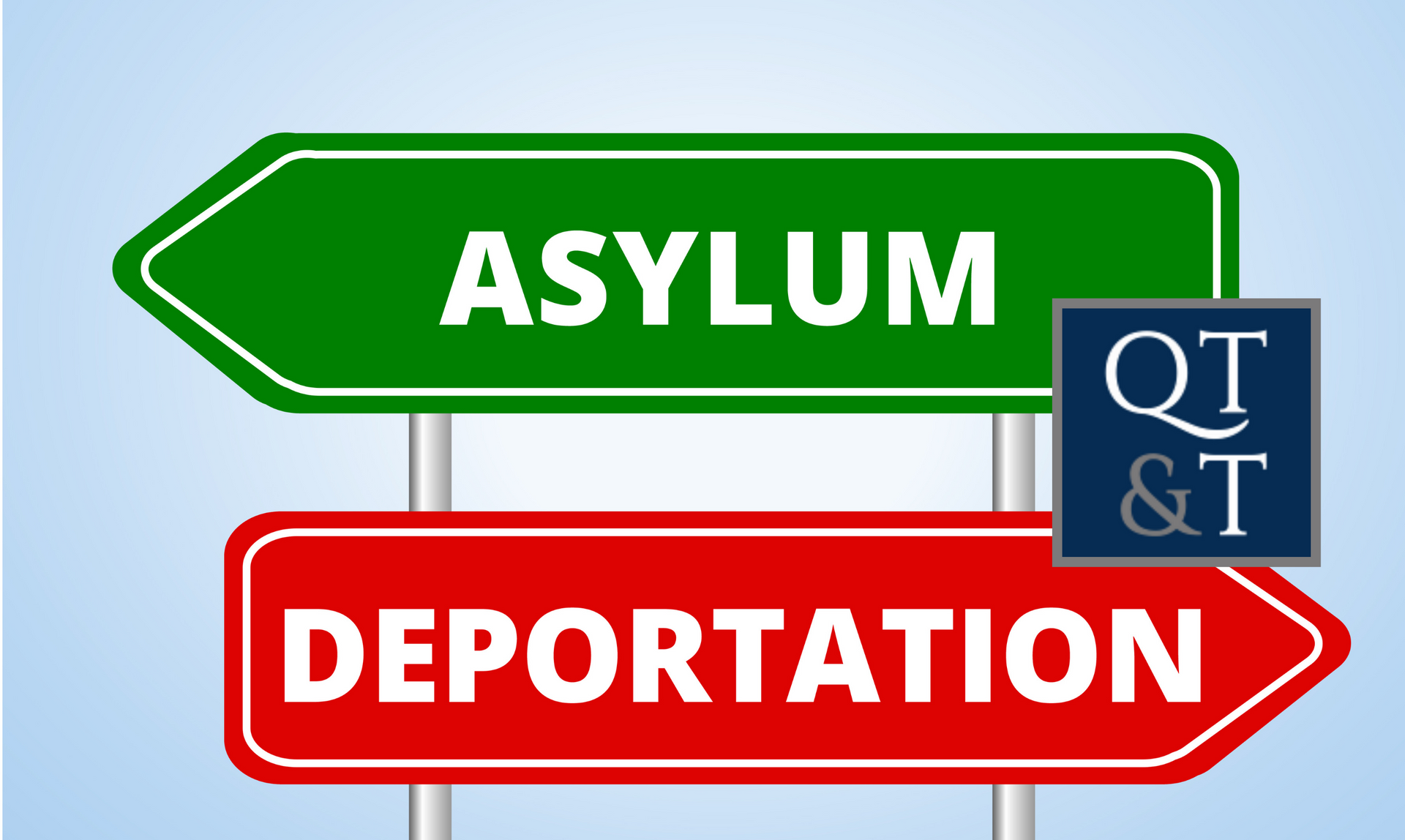🗣️ Fluent in English, Spanish & Portuguese 🌍
Brazil Reinstates Visa Requirements for U.S., Canadian, and Australian Citizens & Crew: A Policy Update
In a notable policy shift, the Brazilian government has announced the reinstatement of visa requirements for citizens of the United States, Canada, and Australia, as well as crew members, with different effective dates set to begin in 2024. This marks a significant departure from the 2019 decision under former President Jair Bolsonaro, which had temporarily waived the need for tourist visas for these nationals without establishing reciprocal arrangements for Brazilian tourists.

Current Visa Exemption Period
Until April 10, 2025, citizens of the United States, Canada, and Australia have been enjoying visa-free travel to Brazil for up to 180 days per year, with an option to extend their stay by an additional 90 days. This visa exemption also extended to crew members, facilitating seamless travel without the need for visas.
New Visa Requirements
Effective April 10, 2025, U.S. tourists will require a visa to enter Brazil. Additionally, starting July 10, 2024, U.S. airline or ship crew members will also need a visa to enter the country. After these respective dates, both U.S. tourists and crew members must possess a Brazilian visa upon arrival.
New Visa Application Process
Following the implementation of the new visa requirements, travelers from the United States, Canada, and Australia will be mandated to obtain a visa prior to their arrival in Brazil. The application process has transitioned to a fully digital platform, necessitating travelers to apply online at least 15 days before their intended arrival, taking into account the approximate five-day processing period. It is recommended to carry two printed copies of the electronic visa during travel.
General Travel Documentation
A valid passport is essential for U.S. citizens traveling to Brazil. Individuals from other nations are advised to consult their travel advisors for specific travel requirements to Brazil.
Conclusion
The decision by the Brazilian government to reinstate visa requirements for citizens of the United States, Canada, and Australia, effective April 10, 2025, for tourists and July 10, 2024, for crew members, represents a significant policy shift from the 2019 arrangement that allowed visa-free travel for these nationals. Post-implementation, the visa application process has transitioned to a fully digital format, underscoring Brazil’s commitment to reciprocal international relations and reflecting the evolving landscape of global travel regulations.
By staying informed and prepared, travelers can navigate these changes smoothly and ensure compliance with the updated visa regulations when visiting Brazil. For all your immigration needs, do not hesitate to contact us here at Quattrochi, Torres, & Taormina P.A., your dedicated Immigration attorneys! (407) 452-4918.

By Jonathan Amador
•
22 Apr, 2024
Discover the essential steps to immigrate to the US as a doctor with our comprehensive guide for international physicians. From educational requirements to visa options, learn how to navigate the complex process and establish your medical career in the United States.

By Jonathan Amador
•
22 Apr, 2024
Unlock the EB-2 NIW Visa process with our comprehensive guide! From eligibility criteria to application steps, understand how this visa category can benefit you. Ready to pursue your American dream? Let's navigate this journey together. #EB2NIW #USVisa #ImmigrationGuide"

By Jonathan Amador
•
18 Mar, 2024
Dive into the legal complexities of Miguel-Peña, et al. v. Garland (2024), where Wendy Carolina Miguel-Peña and her daughter challenge their removal proceedings and asylum application denial. Unravel the arguments, court analysis, and implications, shedding light on procedural requirements, asylum criteria, and the intricate dynamics of immigration law in the United States.

By Jonathan Amador
•
18 Mar, 2024
Explore the legal intricacies of Edwards v. Attorney General (2024), where Karastan L. Edwards challenges the classification of his conviction as an aggravated felony impacting his immigration status. Delve into the arguments, court analysis, and implications of this pivotal case, shedding light on the complex interplay between state court modifications and federal immigration law.

By Jonathan Amador
•
22 Feb, 2024
The E-2 Treaty Investor Visa offers a unique opportunity for individuals from treaty countries to invest in and operate businesses within the United States. However, complexities arise when the approved passport of an E-2 visa applicant or their dependents belongs to a country that does not have a treaty agreement with the U.S. This situation presents a unique set of challenges and considerations for potential investors and their families.

By Jonathan Amador
•
22 Feb, 2024
The H-1B Visa: A Gateway for Global Talent in Specialty Occupations The H-1B visa serves as a crucial bridge for highly skilled professionals from across the globe, offering a unique opportunity to contribute their expertise to the U.S. workforce. This visa category encompasses a wide range of specialty occupations, from accountants and attorneys to software engineers and medical workers, and even extends to distinguished fashion models, showcasing the diversity of talent it attracts. Understanding the H-1B Visa The H-1B visa is designed for temporary nonimmigrant workers in fields that demand a high level of specialized knowledge, typically requiring at least a bachelor's degree or its foreign equivalent. Unique among work visas, it also accommodates distinguished fashion models, highlighting its broad scope. The Distinction of H-1B Status Holding an H-1B visa status is distinct from merely having the visa stamp in one's passport. The status confers the right to work in the U.S. in a specialized role, initially granted for up to three years and renewable in increments up to a total maximum of six years. For those seeking to extend their journey beyond this tenure, transitioning to an employment-based green card is a viable path. Meeting the H-1B Requirements To qualify for an H-1B visa, candidates must secure a job offer from a U.S. employer in a specialty occupation that matches their educational and professional background. The role must offer prevailing wages and meet the educational criteria, typically a U.S. bachelor's degree or equivalent. Selection in the H-1B visa lottery is a critical step for those subject to the annual cap, marking the beginning of their application journey. Sponsorship: The Employer's Role H1B sponsorship is a pivotal process that allows U.S. companies to bring foreign professionals to the United States for temporary work in specialty occupations. The responsibility of filing the H-1B visa petition with USCIS lies with the U.S. employer. Successful approval of the petition ushers in the employer's duty to ensure the H-1B employee is accorded the same job benefits as their counterparts, including bonuses, health benefits, and other employment perks, thereby maintaining equity within the workplace. The Application Process: A Step-by-Step Overview The application process for an H-1B visa involves meticulous preparation, starting with the employer filing a Labor Condition Application (LCA) with the Department of Labor (DOL) for certification. Following certification, the employer assembles an H-1B petition, including Form I-129, the certified LCA, and a comprehensive package of supporting documents, such as proof of the candidate's qualifications and details of the job offer. For candidates outside the U.S. or those changing status, obtaining an H-1B visa stamp through consular processing is the next step. This involves completing Form DS-160, paying the visa application fee, and attending an interview at a U.S. consulate or embassy, armed with the necessary documentation, including the I-797 H-1B approval notice and a valid passport. Extension and Renewal: Ensuring Continuity For H-1B workers seeking to extend their stay beyond the initial authorization, the renewal process mirrors the initial application. Employers must initiate this process well in advance of the visa's expiration, filing a new I-129 petition with USCIS to extend the candidate's H-1B status, thereby ensuring uninterrupted employment in their specialty occupation. As the landscape of work continues to evolve, the H-1B visa remains a pivotal pathway for professionals seeking to leverage their specialized skills on the global stage, embodying the spirit of collaboration and growth that defines the modern workforce.
CONTACT US
950 S. Winter Park Dr., Suite 207
Casselberry, FL 32707
PRACTICE AREAS





